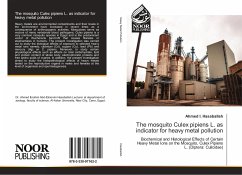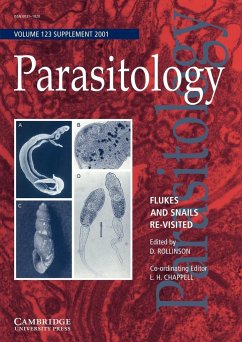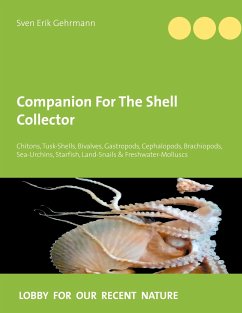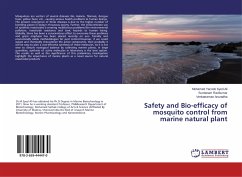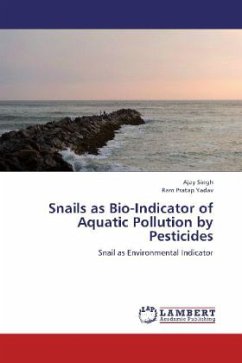
Snails as Bio-Indicator of Aquatic Pollution by Pesticides
Snail as Environmental Indicator
Versandkostenfrei!
Versandfertig in 6-10 Tagen
39,99 €
inkl. MwSt.

PAYBACK Punkte
20 °P sammeln!
The snails belonging to the family Lymnaeidae are known to act as intermediate host of both animal and human fascioliasis causes trematodes. Although the snails do not play an active role in transmission of the parasite from one host to another, as insect vectors do it is an indispensable intermediate host for the development of the parasite. The transmission of the infective stage of the parasite is accentuated through shedding of the cercariae by the snail host and the various human water contact activities. Two freshwater harmful snails Lymnaea acuminata and Indoplanorbis exustus is the int...
The snails belonging to the family Lymnaeidae are known to act as intermediate host of both animal and human fascioliasis causes trematodes. Although the snails do not play an active role in transmission of the parasite from one host to another, as insect vectors do it is an indispensable intermediate host for the development of the parasite. The transmission of the infective stage of the parasite is accentuated through shedding of the cercariae by the snail host and the various human water contact activities. Two freshwater harmful snails Lymnaea acuminata and Indoplanorbis exustus is the intermediate host of the Fasciola hepatica and Fasciola gigantica, which causes endemic fascioliasis in cattle s and livestock in northern part of India. A large variety of domestic animals such as, Cow, buffalo, sheep, goat, horses, donkeys, deer, rats, camels and rabbits, show infection rates that may reach 90% in some areas and consequently leading to significant economical losses annually. In a survey it has reported that 94% of the buffaloes slaughtered in Gorakhpur district (U.P.) had moderate to heavy infection of Fasciola hepatica.



